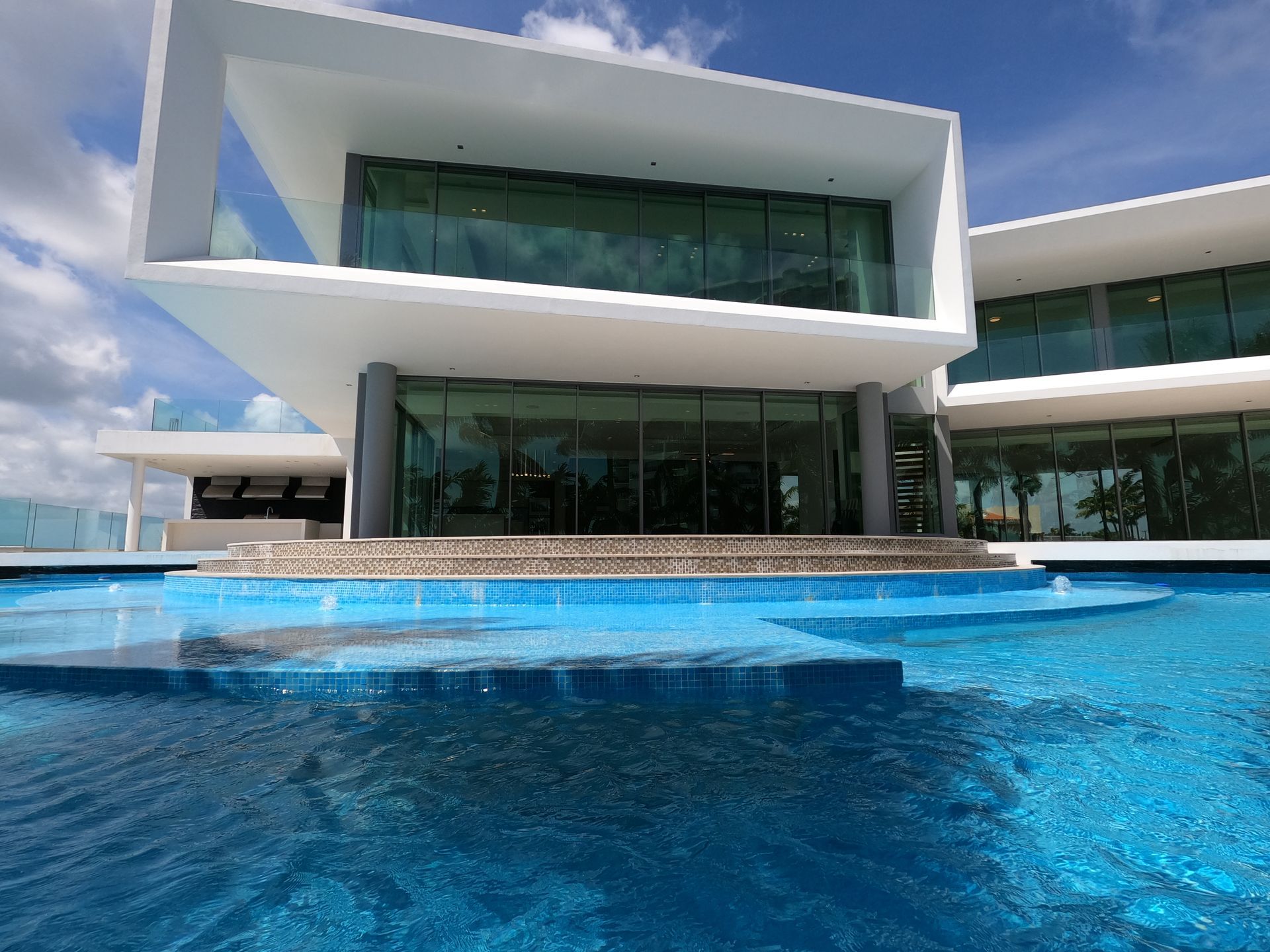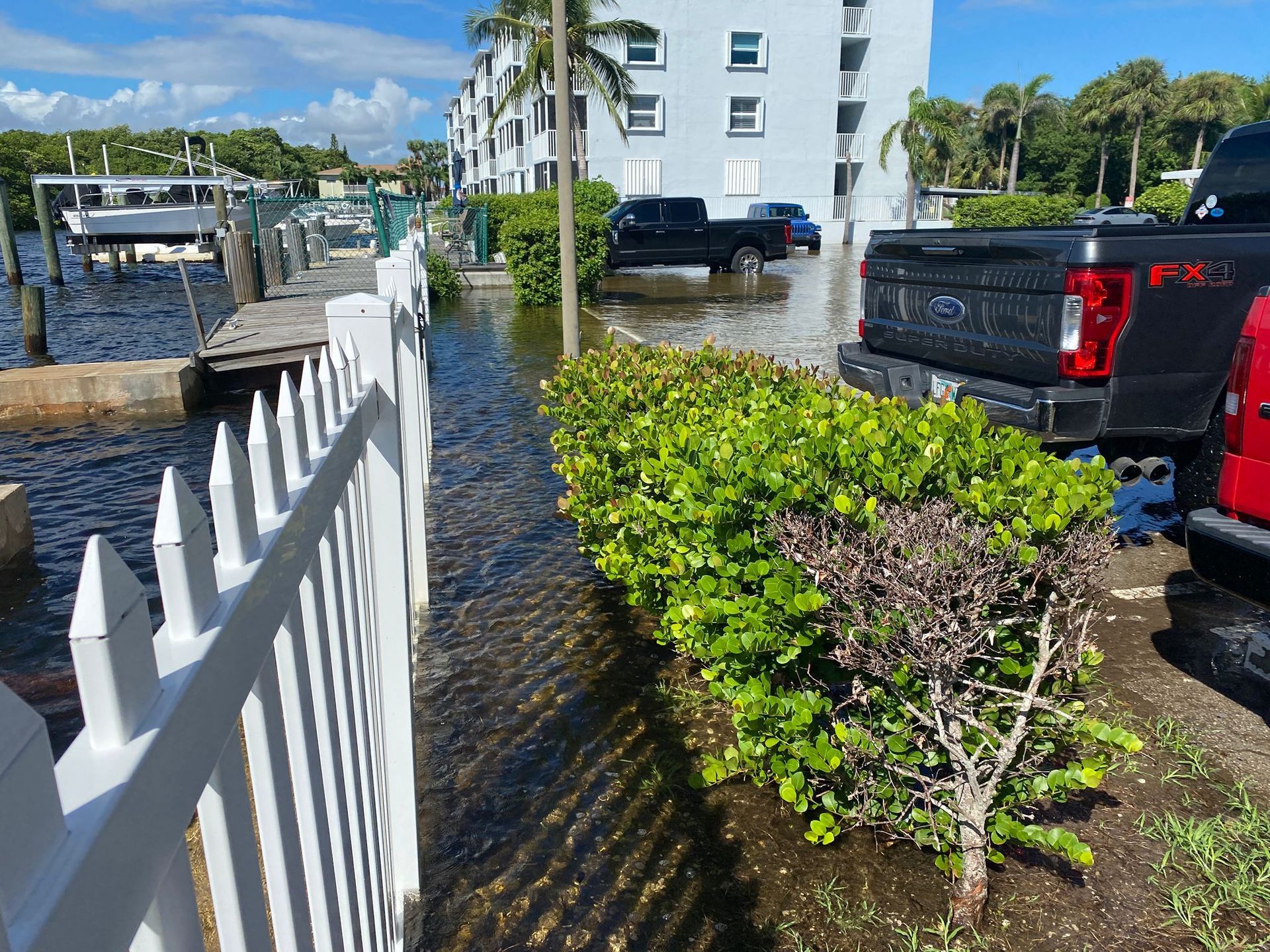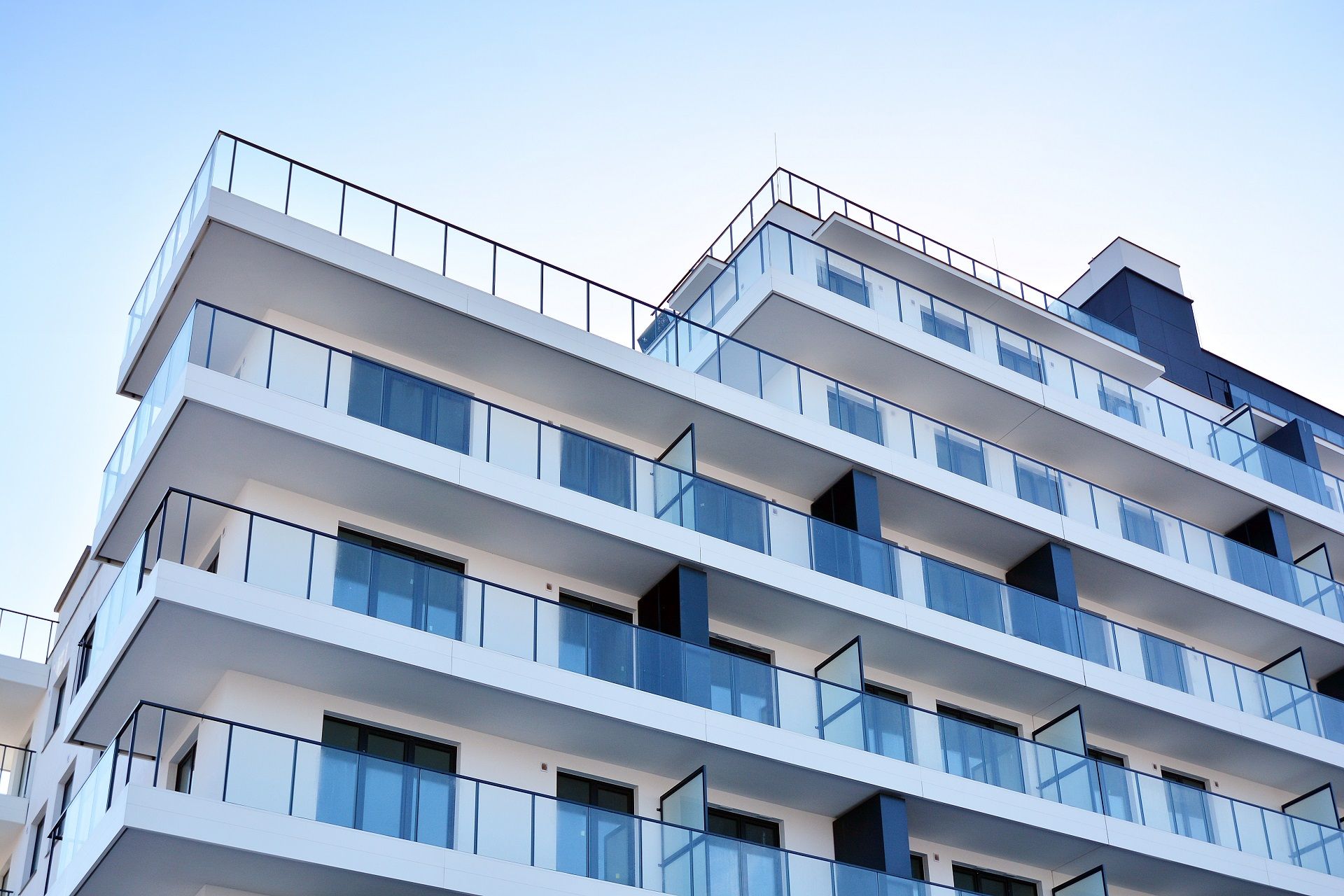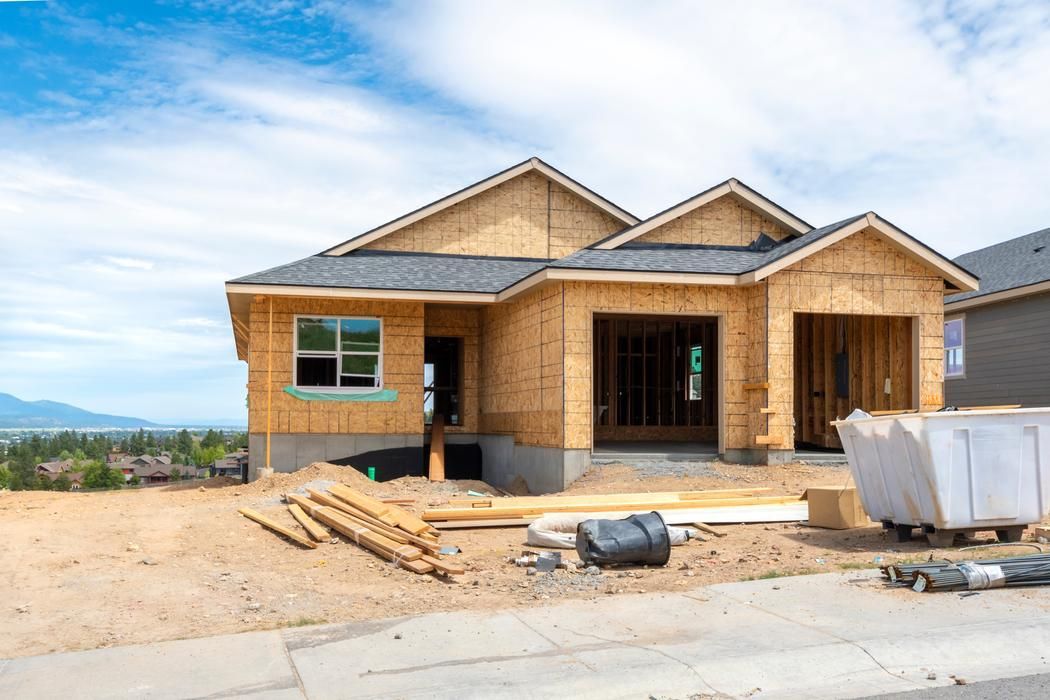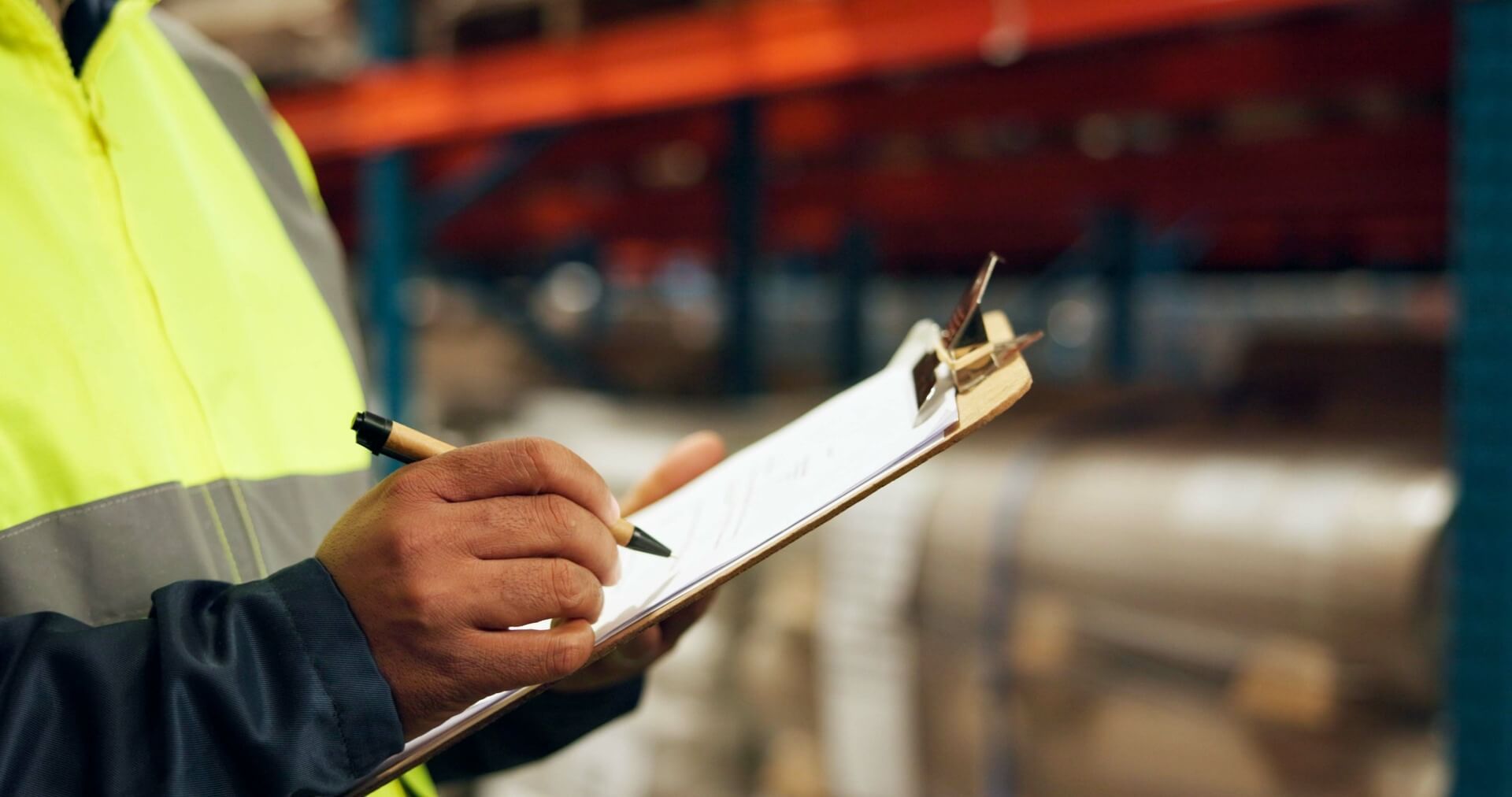Top 7 Seawall Constructions in South Florida: Types, Failures, and Pro Maintenance Tips
Top 7 Seawall Constructions in South Florida: Types, Failures, and Pro Maintenance Tips
A Complete Guide to Seawall Constructions in South Florida
Living in South Florida means enjoying beautiful coastlines, but it also brings challenges like erosion, flooding, and storm surges. That’s where seawalls come in. These essential structures protect coastal properties from water damage and land loss. Whether you're a homeowner in Miami-Dade or a business along the Gulf Coast, understanding seawall constructions in South Florida is crucial for maintaining your property’s integrity and value.
What Are Seawalls and Why They Matter in South Florida
Seawalls are vertical or sloped structures built along shorelines to combat the natural forces of water. In South Florida, where hurricanes and tidal surges are common, seawalls are a frontline defense against property damage and soil erosion.
Historically, communities like Fort Lauderdale, Palm Beach, and Naples have used seawalls since the mid-20th century. Over time, materials and methods have evolved, but their core purpose remains: protecting land from water intrusion.
Most Popular Types of Seawall Constructions in South Florida
Not all seawalls are created equal. The type of seawall you choose depends on local conditions, water salinity, wave energy, and budget.
Concrete Seawalls
Concrete is the go-to material for durability and strength. These seawalls are reinforced with steel and poured in large panels or blocks.
Pros:
• Extremely strong and long-lasting
• Can withstand harsh weather conditions
Cons:
• Expensive to install
• Susceptible to cracking if not maintained
Vinyl Seawalls
Vinyl (PVC) seawalls are lightweight and resistant to corrosion, making them popular in residential communities.
Pros:
• Cost-effective
• Easy to install
• Low maintenance
Cons:
• Not ideal for high-impact wave zones
Steel Seawalls
Steel provides superior strength and is ideal for industrial or commercial waterfronts.
Pros:
• Excellent for deep water or heavy marine traffic
• Very strong
Cons:
• Prone to rust in saltwater unless treated
• High maintenance costs
Wood Seawalls
Wood seawalls are more traditional and often found in freshwater or canal systems.
Pros:
• Affordable
• Natural appearance
Cons:
• Prone to rot and termite damage
• Shorter lifespan
Riprap (Rock Revetment) Seawalls
These consist of large rocks or stones placed along the shoreline to absorb wave energy.
Pros:
• Environmentally friendly
• Natural look
• Great for erosion control
Cons:
• Takes up more space
• May not suit urban areas
Choosing the Right Type of Seawall for Your Property
Before selecting a seawall, evaluate:
• Wave Energy: High wave zones need stronger materials.
• Tide Variations: Deeper tides may require taller, more reinforced walls.
• Aesthetic Needs: Some prefer natural stone over industrial steel.
• Budget: Vinyl and wood are more budget-friendly than concrete and steel.
• Environmental Impact: Riprap options support marine life habitats.
Common Causes of Seawall Failures in South Florida
Despite their strength, seawalls can and do fail. Understanding why helps prevent costly repairs or total replacements.
Erosion and Soil Migration
Water seeping behind the wall can wash away soil, creating voids and weakening the foundation.
Hydrostatic Pressure Buildup
If water builds up behind the wall without a drainage outlet, it can push against the structure until it cracks or leans forward.
Corrosion and Material Degradation
Saltwater accelerates the rusting of steel and can wear down untreated concrete and wood.
Tree Roots and Vegetation Damage
Overgrown vegetation can disrupt the structural integrity by pushing into cracks or lifting sections of the wall.
Poor Construction Practices
Improper backfilling, lack of tiebacks, or substandard materials often lead to premature failure.
Key Maintenance Tips to Extend the Life of Seawalls
Keeping your seawall in good shape can add decades to its lifespan.
Regular Inspection Schedule
Check your seawall every 6–12 months for:
• Cracks or leaning sections
• Soil erosion around the wall
• Visible rust or deterioration
Drainage System Upkeep
Ensure weep holes or filters are clear to allow pressure relief from behind the wall.
Prompt Repairs and Reinforcements
Act quickly to fill small cracks, stabilize loose panels, or replace missing rocks.
Vegetation Management Around the Seawall
Trim roots, remove invasive plants, and avoid planting large trees too close.
Sealing and Surface Treatments
Apply marine-grade sealants to wood and concrete surfaces to resist water damage and UV wear.
When to Replace vs. Repair Your Seawall
If your seawall has:
• Major cracking or separation,
• Uneven settling,
• Multiple drainage failures,
... it might be time for a complete replacement. A structural engineer or marine contractor can provide a professional assessment.
Working With a Licensed Seawall Contractor in South Florida
Always choose a licensed and insured contractor familiar with:
• South Florida’s marine regulations
• Permitting processes
• Tidal patterns and hurricane codes
Look for reviews, request past project examples, and get detailed quotes before beginning.
FAQs About Seawalls in South Florida
1. How long does a seawall last in South Florida?
Concrete walls can last 30–50 years; vinyl and steel around 25–40 years with proper care.
2. Do I need a permit to build a seawall in South Florida?
Yes, you'll need permits from local municipalities and possibly from the Florida Department of Environmental Protection.
3. How much does it cost to build a seawall?
Costs range from $150 to $700 per linear foot depending on material and site complexity.
4. Can I build a seawall myself?
It's highly recommended to hire professionals due to legal, structural, and environmental risks.
5. What are weep holes and why are they important?
Weep holes allow water to drain from behind the seawall, reducing hydrostatic pressure.
6. How do hurricanes affect seawalls?
They increase pressure, wave force, and water levels, testing the limits of your wall’s strength and design.
Conclusion: Protecting Your Shoreline Investment
Seawall constructions in South Florida are essential to preserve your land, prevent erosion, and guard against rising tides. Whether you're installing a new structure or maintaining an existing one, knowing your options and understanding failure risks are key. Regular inspections, timely repairs, and working with experts will ensure your seawall stands strong for decades to come.
Call Certified Inspectors at 561-834-4168 for professional underwater seawall inspections. Our Certified Diver and Marine Inspectors are qualified to perform an underwater inspection of your seawall and can provide you a detailed report with extensive pictures and even an underwater video of your seawall so you can understand in simple terms what is going on with your seawall.
Disclaimer: The information on this website and blog is for general informational purposes only and is not professional advice. We make no guarantees of accuracy or completeness. We disclaim all liability for errors, omissions, or reliance on this content. Always consult a qualified professional for specific guidance.
Share the post:

